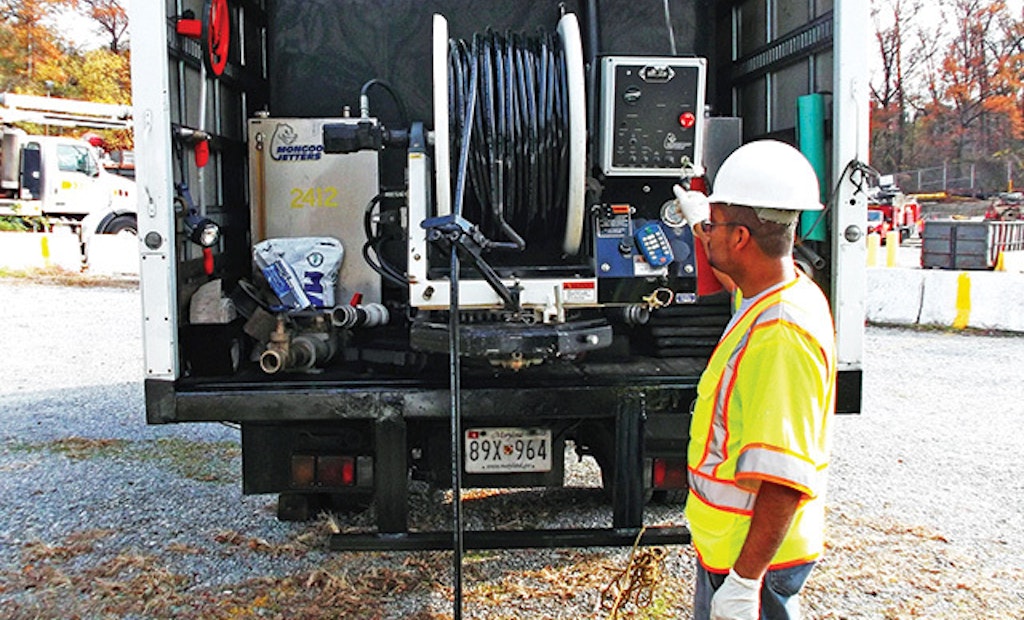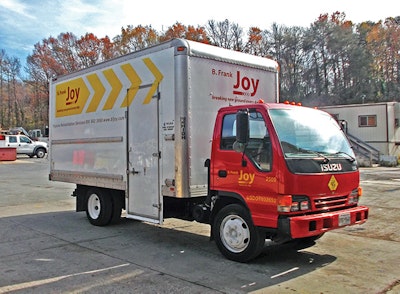
From outward appearances, the nicely lettered, 14-foot Isuzu box truck owned by B. Frank Joy LLC in Hyattsville, Md., may not look like a productivity-boosting powerhouse. But a look inside reveals why it's an integral part of the company's sewer division, helping it rack up ...






